Rare Gothic Carved Oak Panel with Vine & Grape Motif, c. 1320–1400
This exceptional carved oak panel is a fine example of pure Gothic design, originating from Northern Europe—most likely Flanders, northern France, or England—and dating to the early–mid 14th century.
The panel is richly carved in openwork with an interlacing vine scroll bearing clustered grapes, a motif strongly associated with medieval Christian symbolism, representing the Eucharist and the “True Vine” of Christ. The design is entirely Gothic in conception, free of any later Renaissance influence, with flowing, organic tracery rather than strict symmetry.
A rectangular mortise is present to one side, indicating that the piece originally formed part of a cabinet or small door—possibly from a church sacristy cupboard, aumbry, or reliquary chest—where valuable liturgical objects were stored securely. The pierced tracery would have allowed airflow to fabrics or vestments while retaining symbolic decoration.
The carving is executed with narrow, hand-forged gouges, producing crisp but shallow relief with visible tool marks characteristic of early Gothic work. The oak has developed a deep, dark patina over centuries, with areas of wear, worming, and oxidation consistent with great age. Despite some historic losses and surface erosion, the vine design remains clear and evocative.
The panel is now mounted in a later oak frame for protection and display.
Dimensions:
Panel (including frame): 30 × 37 cm
Condition:
Age-related wear, surface losses, wormholes, and oxidation. Later framing. Stable and suitable for display.
Comparable Examples:
Similar vine-and-grape carved panels survive in the collections of the Victoria and Albert Museum (London), Musée de Cluny (Paris), and Metropolitan Museum of Art (New York), as well as in ecclesiastical furniture from 14th-century Flanders and England.
Provenance & Attribution:
Given the stylistic and technical features, the piece is confidently attributed to Northern European Gothic craftsmanship, c. 1320–1400, and would have originally served as part of high-quality ecclesiastical furniture.
A rare and authentic survivor of medieval woodcarving, displaying the symbolic beauty and refined craftsmanship of the Gothic period.



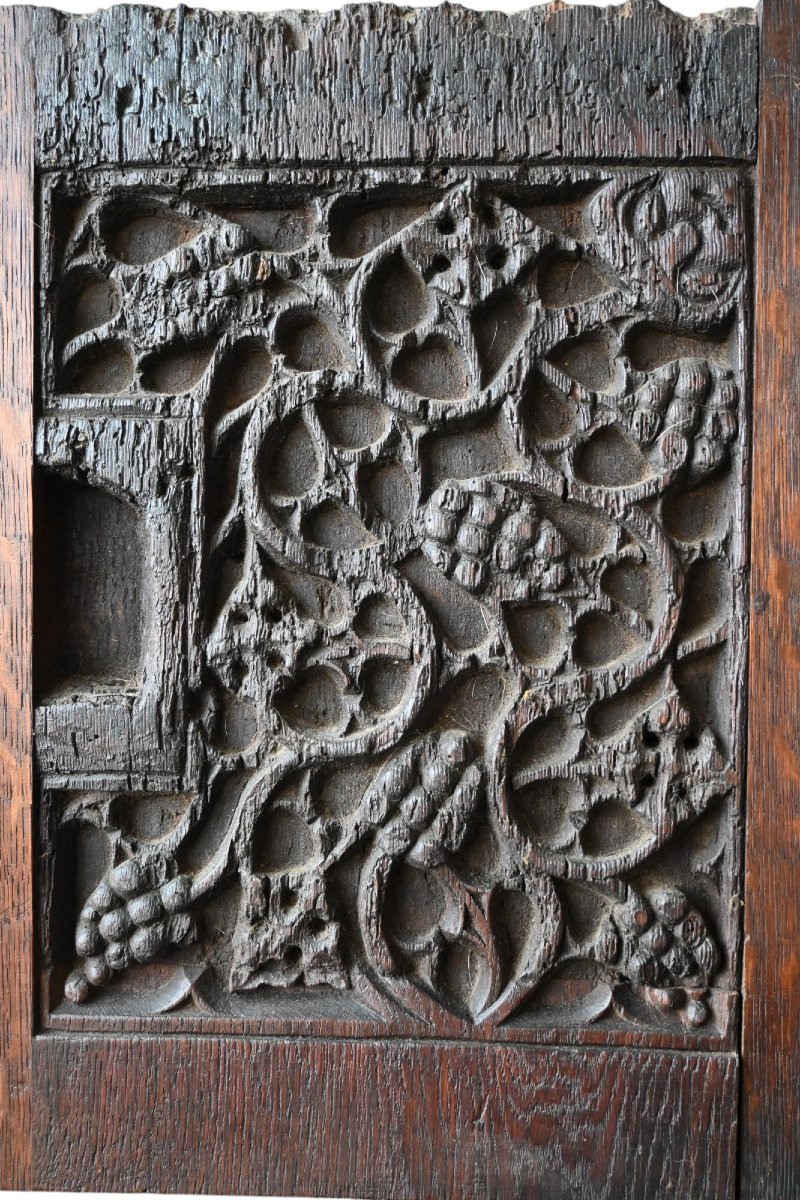
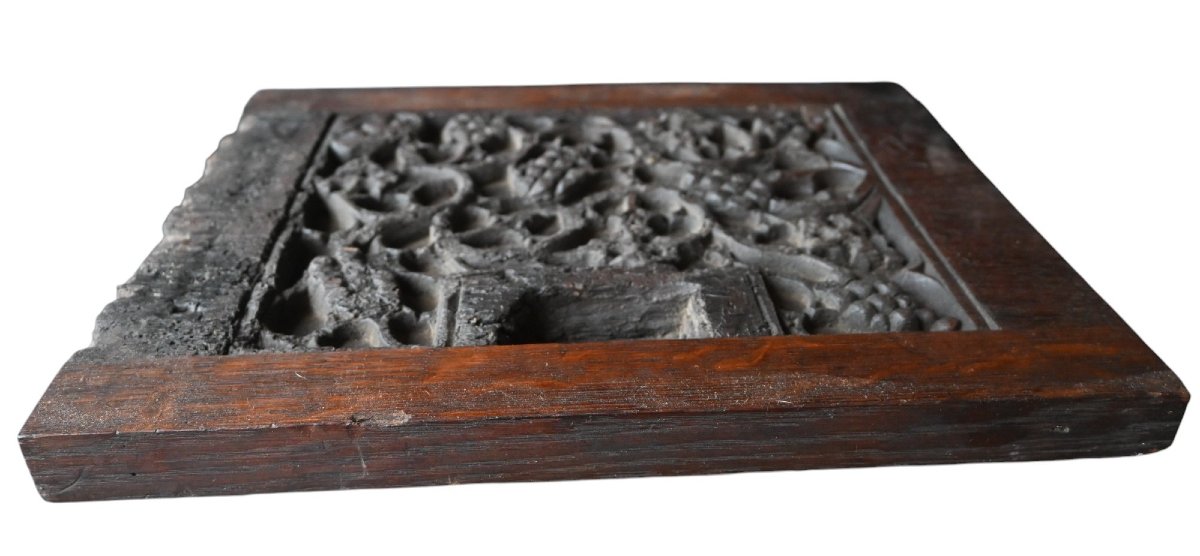
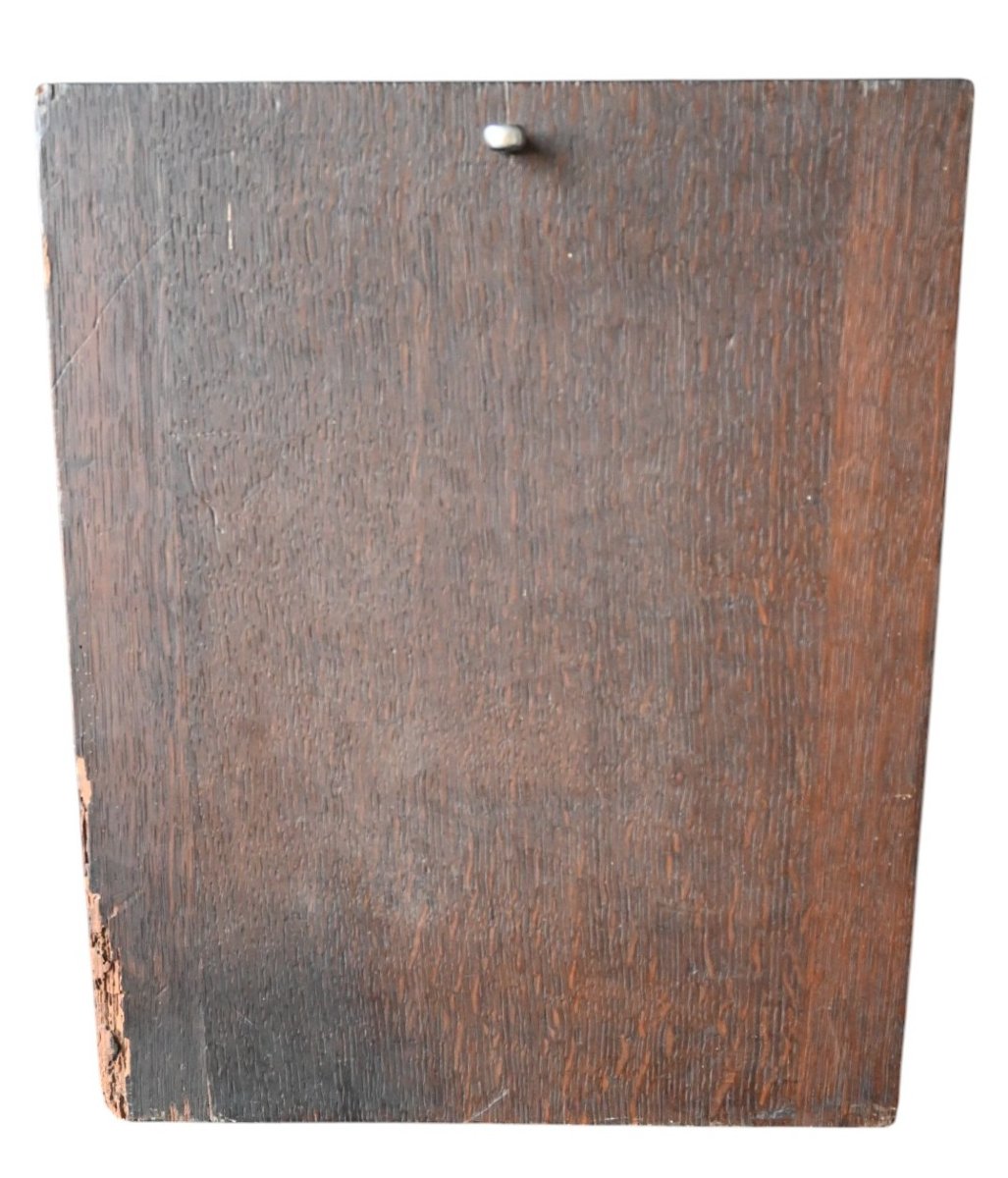

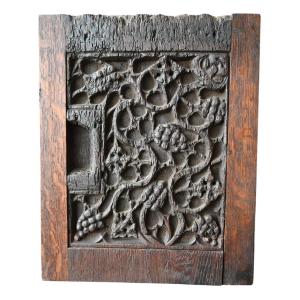





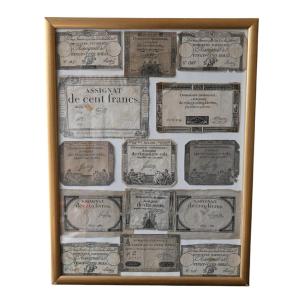
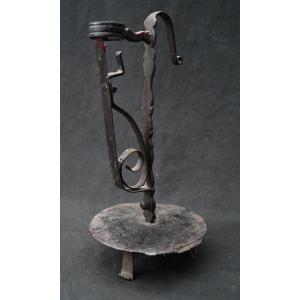
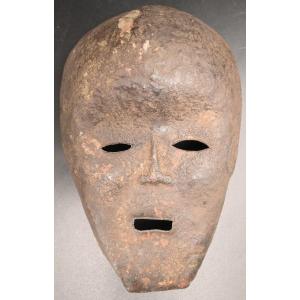



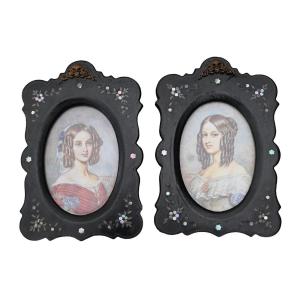
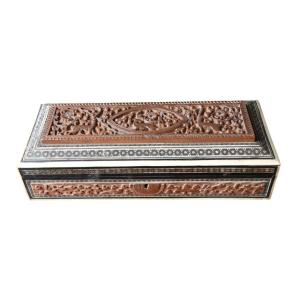
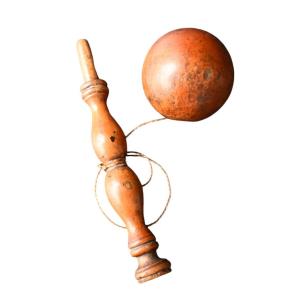






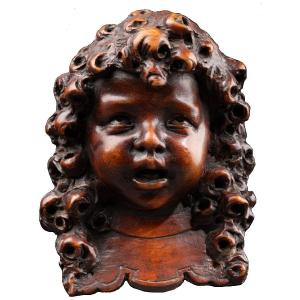







 Le Magazine de PROANTIC
Le Magazine de PROANTIC TRÉSORS Magazine
TRÉSORS Magazine Rivista Artiquariato
Rivista Artiquariato